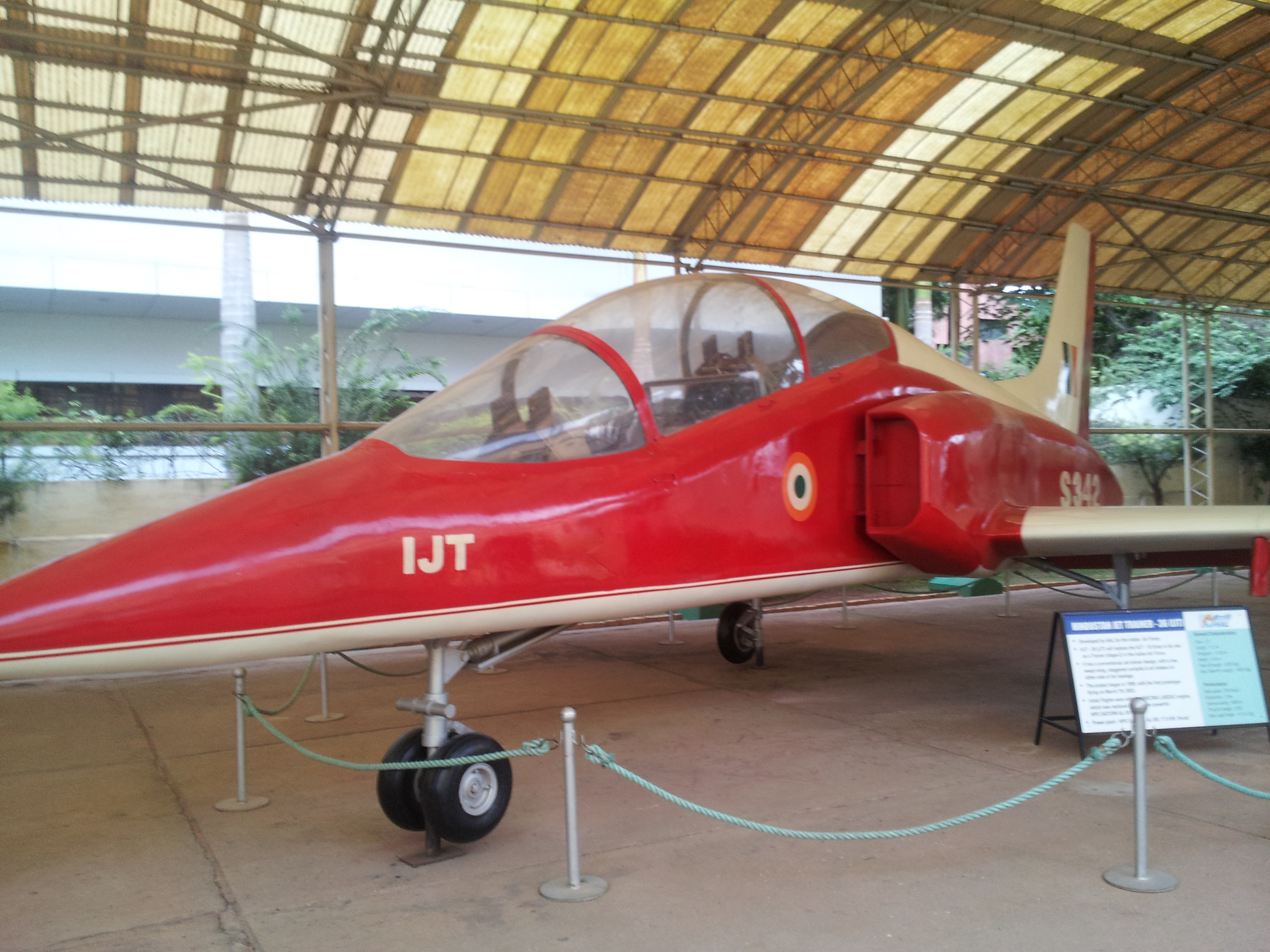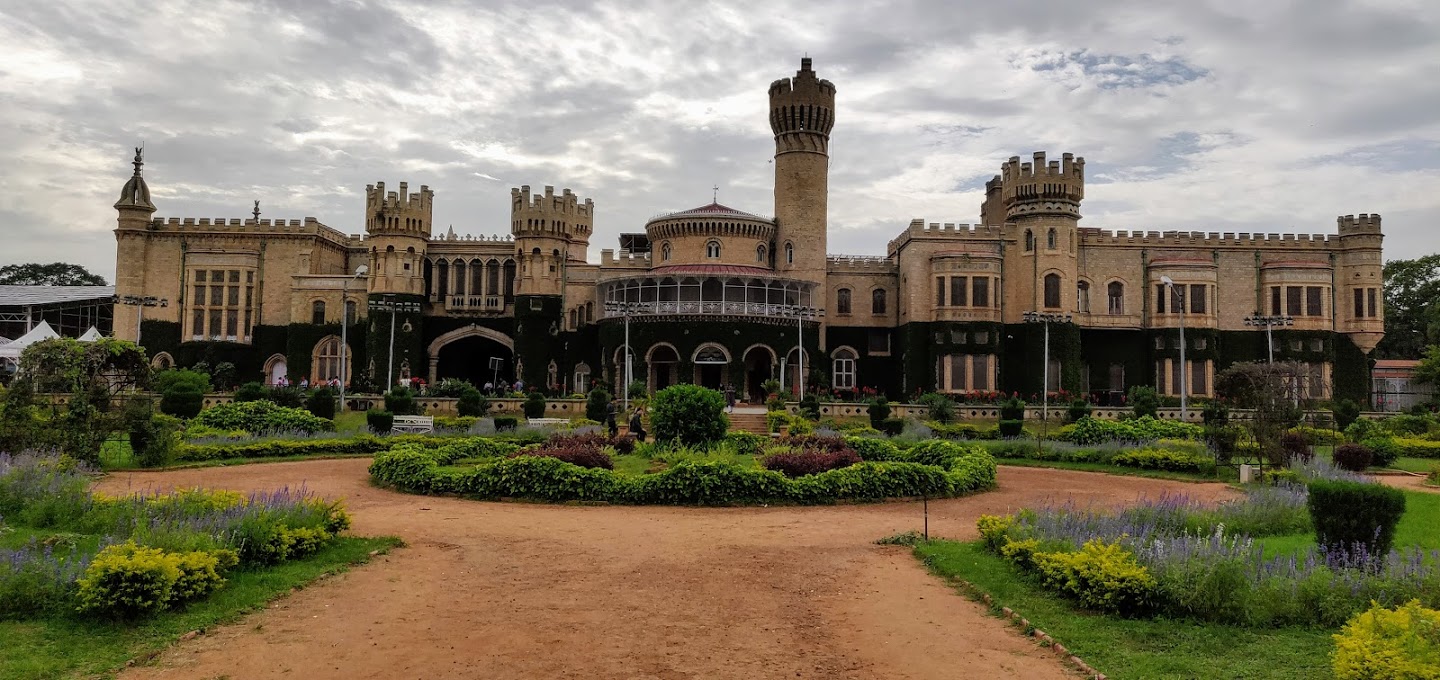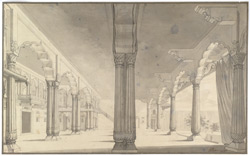Aviation Museum Showcasing India's Aerospace Heritage and Technology



The HAL Aerospace Museum in Bengaluru represents a profound chronicle of India's aviation evolution, tracing the remarkable journey from colonial-era flight operations to contemporary aerospace achievements. Established in 2001 by Hindustan Aeronautics Limited, this museum offers an immersive exploration of technological progression and national innovation.
Within its carefully curated exhibits, the museum illuminates pivotal moments in India's aviation history, particularly highlighting indigenous design achievements like the HAL Marut. Designed by renowned German engineer Kurt Tank, the Marut symbolizes India's early technological ambitions, having played a significant role during the 1971 Battle of Longewala, demonstrating the nation's emerging aerospace capabilities.
The museum's collection extends beyond singular aircraft displays, presenting a comprehensive narrative of technological advancement. Notable exhibits include various aircraft like the MIG-21, Kiran, Ajeet, and Lakshya, each representing different developmental stages of Indian military aviation. These machines are not merely static displays but living testimonies to decades of engineering progress and strategic national development.
Complementing the aircraft collections, the museum features an extensive array of aircraft engines from different periods. Engines such as the Garret, Adour, and Orpheus provide intricate insights into propulsion technology's evolution, showcasing the sophisticated engineering underpinning aerospace development. Interactive elements like flight simulators and a mock air traffic control tower enhance visitor engagement, transforming the museum into an immersive learning environment.
The architectural design of the museum reflects a deliberate approach to preservation and education. Spread across four acres within HAL premises, the facility balances indoor and outdoor displays, creating an environment conducive to exploration and learning. The carefully constructed spaces ensure comfortable visitor experiences while maintaining focus on the technological narratives being presented.
Beyond its technological significance, the museum serves as a cultural landmark, integrating additional recreational spaces like a rose garden, children's play area, and herbal garden. This holistic approach transforms the museum from a mere technological repository into a comprehensive cultural destination that appeals to diverse audience interests, bridging generations through shared technological heritage.
The museum's commitment to public awareness extends to its comprehensive exhibits on space technology, featuring displays of PSLV and associated heat shields. These exhibits underscore India's broader technological ambitions, connecting aerospace achievements with national progress and scientific innovation. By presenting these narratives, the museum becomes a platform for understanding technological sovereignty and national development.
As a destination, the HAL Aerospace Museum offers more than historical retrospection; it provides a dynamic, engaging exploration of India's technological journey. Located conveniently on Old Airport Road near Baiyappanahalli metro station, it represents an accessible window into the nation's aerospace achievements, inviting visitors to appreciate the intricate technological narratives that have shaped India's modern identity.
Enhance your journey with these nearby attractions that offer similar cultural experiences

Bengaluru, Karnataka
Tudor-Style Royal Palace Showcasing Wadiyar Dynasty's Architectural Legacy

Bengaluru, Karnataka
Tipu Sultan's Summer Palace: A Jewel of Indo-Islamic Architecture

Bengaluru, Karnataka
Ecological treasure in Karnataka showcasing wildlife and conservation efforts

Chikkaballapur, Karnataka
Scenic Karnataka hills with rich historical and cultural heritage